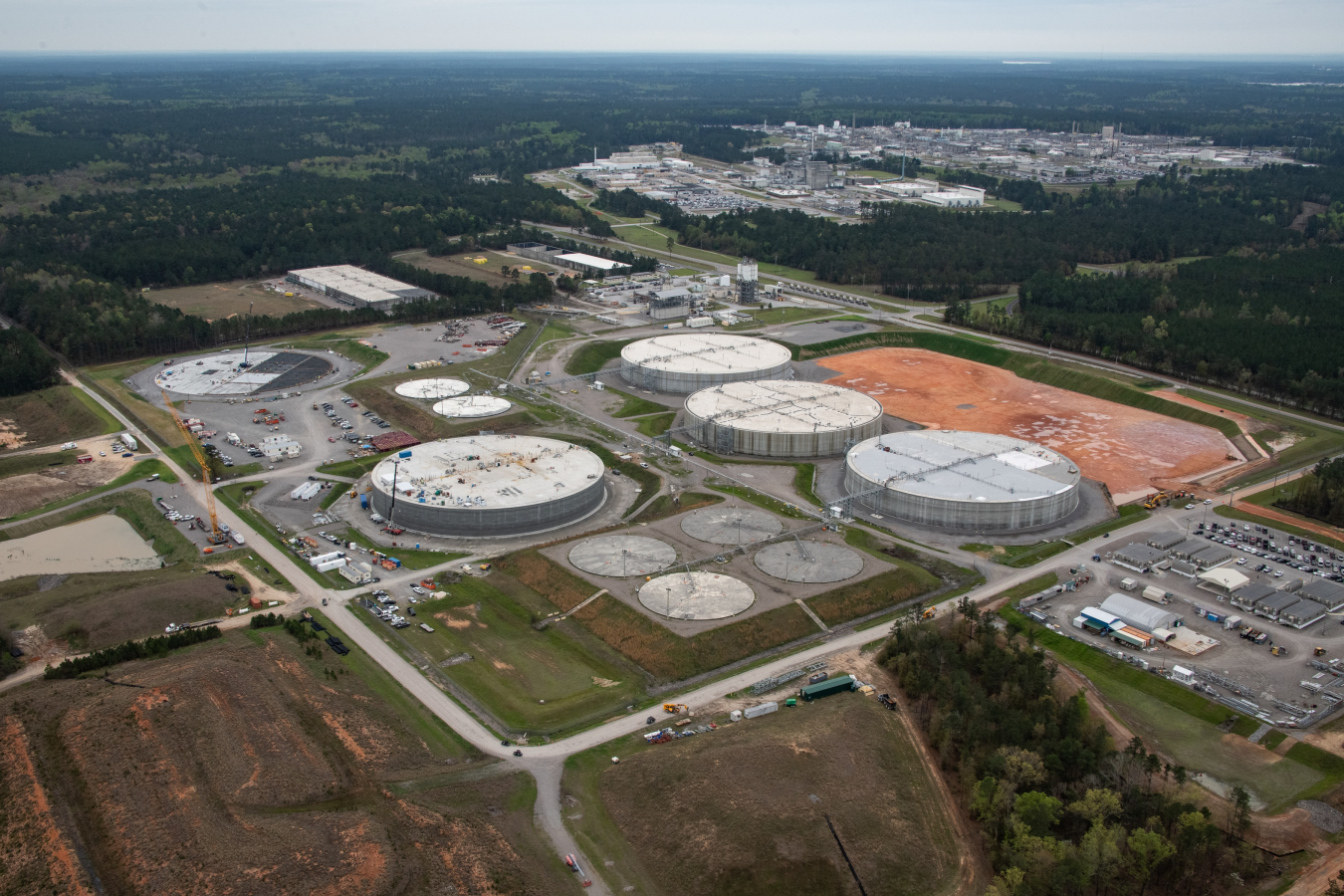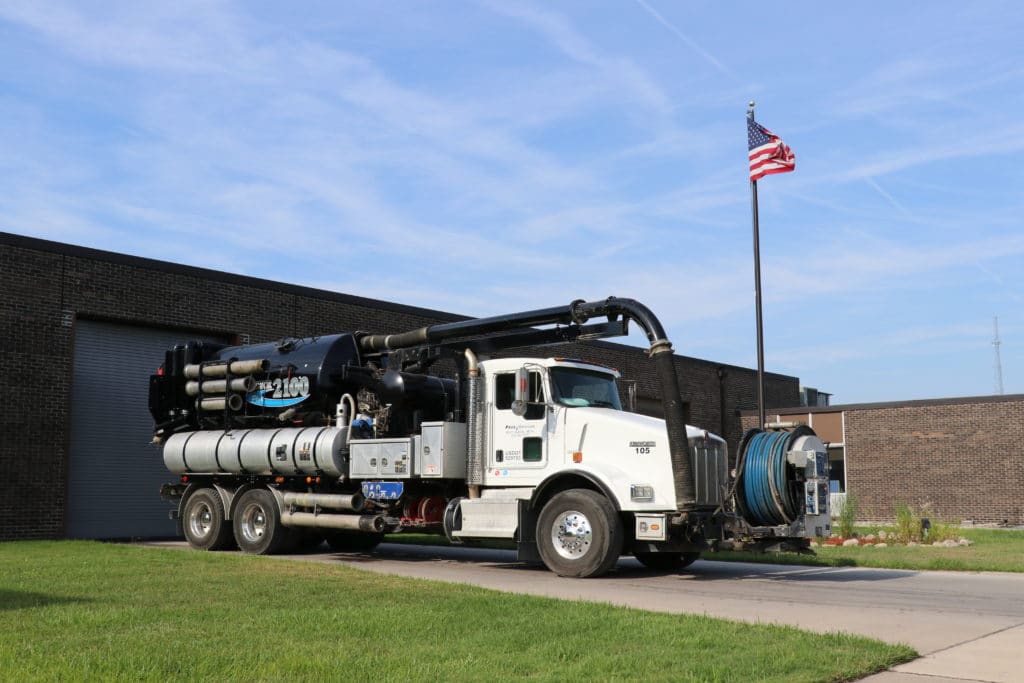Expert Liquid Waste Removal Melbourne: Keeping Your Atmosphere Tidy
Expert Liquid Waste Removal Melbourne: Keeping Your Atmosphere Tidy
Blog Article
Exactly How Liquid Garbage Disposal Functions: A Comprehensive Summary of Techniques and Technologies Utilized

Review of Liquid Waste Kind
The complexity of liquid waste kinds necessitates a detailed understanding of their attributes and implications for disposal. Liquid waste can generally be classified right into several types, including commercial, local, agricultural, and hazardous waste. Each group shows distinctive buildings, calling for details administration approaches to alleviate ecological and health threats.
Industrial fluid waste stems from producing processes and commonly consists of a series of impurities, such as heavy steels, solvents, and organic compounds. Municipal fluid waste, largely making up wastewater from families and commercial facilities, contains natural issue, nutrients, and microorganisms (industrial wastewater treatment). Agricultural fluid waste, consisting of runoff from farms, might contain plant foods, pesticides, and pet waste, presenting dangers to water high quality and ecosystems
Unsafe fluid waste is characterized by its poisoning, reactivity, or potential to cause damage. Understanding these diverse liquid waste kinds is critical for developing efficient disposal techniques and guaranteeing compliance with ecological laws.
Physical Therapy Techniques

Screening is the initial step, where larger bits and debris are gotten rid of from the liquid waste making use of screens or grates. This process shields downstream devices from damage and ensures smoother procedure. Adhering to testing, sedimentation uses gravitational pressure to different solids from liquids. In sedimentation storage tanks, heavier fragments resolve near the bottom, forming a sludge layer, while the made clear fluid can be further dealt with.
Purification is one more necessary technique that involves passing the fluid with porous products, such as sand or membrane layers, to record smaller sized particles. This action improves the quality of the fluid, making it ideal for succeeding treatment procedures.

Chemical Treatment Strategies
Chemical treatment techniques are necessary for efficiently taking care of liquid waste, particularly in dealing with dissolved and colloidal impurities that physical methods might not properly get rid of. These techniques use various chemical agents to counteract, precipitate, or change hazardous substances right into much less damaging kinds.
One common technique is coagulation and flocculation, click where chemicals such as alum or ferric chloride are included to advertise the aggregation of put on hold fragments. This process improves sedimentation, enabling simpler elimination of the resulting sludge. Additionally, oxidation processes, using representatives like chlorine or ozone, are employed to break down complicated organic substances and virus, providing the waste safer for discharge or further therapy.
Neutralization is an additional crucial method, which changes the pH of acidic or alkaline waste streams to neutral degrees, protecting against prospective injury to downstream systems and the setting. Furthermore, advanced oxidation processes (AOPs) use combinations of oxidants and ultraviolet light to break down relentless toxins, achieving a higher level of treatment effectiveness.
Organic Therapy Processes
Biological treatment procedures play a vital role in the administration of liquid waste by using bacteria to decompose raw material and reduce contaminant degrees. These procedures can be extensively classified into cardiovascular and anaerobic treatments, each utilizing specific microbial communities to achieve reliable waste destruction.
Cardio therapy entails using oxygen to promote the malfunction of natural materials by bacteria. This procedure is frequently applied in triggered sludge systems, where aeration tanks give a helpful environment for microbial growth, leading to the oxidation of organic toxins. The resultant biomass can be separated from treated effluent via sedimentation.
On the other hand, anaerobic treatment takes place in the lack of oxygen, relying upon different bacteria to break down raw material. This approach is especially beneficial for high-strength waste, as it generates biogas, an eco-friendly energy source, while lowering read review sludge manufacturing. Technologies such as anaerobic digesters are frequently used in local and industrial applications.
Both aerobic and anaerobic biological therapies not only lessen the environmental impact of fluid waste but likewise help with resource recovery, making them important parts of sustainable waste monitoring techniques. Their performance, effectiveness, and adaptability support their prevalent implementation across numerous industries.
Emerging Technologies in Disposal
Cutting-edge methods to fluid garbage disposal are rapidly developing, driven by developments in innovation and an enhancing emphasis on sustainability. Amongst these arising technologies, membrane bioreactors (MBRs) have actually acquired traction for their capability to incorporate organic treatment with membrane filtering, causing premium effluent that can be recycled in numerous applications. MBRs make it possible for smaller footprints and more effective procedures contrasted to typical systems.
An additional encouraging development is the usage of anaerobic digestion combined with nutrient recovery technologies, which not only treats fluid waste but also generates biogas and recovers valuable nutrients like nitrogen and phosphorus. This dual benefit boosts source effectiveness and lowers environmental effect.
Furthermore, advanced oxidation procedures (AOPs) are being embraced for the deterioration of complex organic contaminants. These methods use effective oxidants and stimulants to break down pollutants at the molecular degree, using an extremely reliable solution why not try this out for tough waste streams.
In addition, the assimilation of synthetic intelligence and maker learning in waste monitoring systems is optimizing operational performance and predictive maintenance, bring about minimized expenses and boosted ecological compliance. These technologies mirror a considerable shift towards more sustainable and reliable fluid garbage disposal methods.
Conclusion
In verdict, efficient fluid waste disposal demands a comprehensive understanding of numerous methods and technologies. By constantly progressing these methodologies, it becomes possible to attend to the expanding challenges connected with fluid waste, inevitably adding to environmental security and source recuperation.
Fluid waste disposal is an essential aspect of environmental management, needing a thorough understanding of numerous techniques and technologies tailored to different waste kinds. Fluid waste can broadly be categorized into several types, including commercial, municipal, agricultural, and hazardous waste. Agricultural liquid waste, including runoff from ranches, might have plant foods, chemicals, and pet waste, posturing threats to water top quality and ecosystems.
Different physical therapy methods play a vital role in handling fluid waste effectively - industrial wastewater treatment.In verdict, reliable liquid waste disposal requires a comprehensive understanding of various techniques and technologies
Report this page